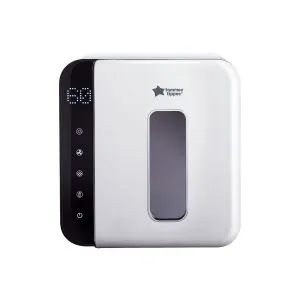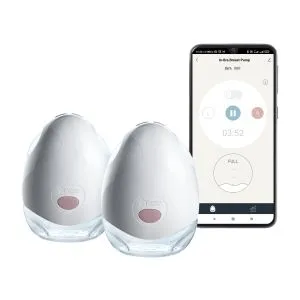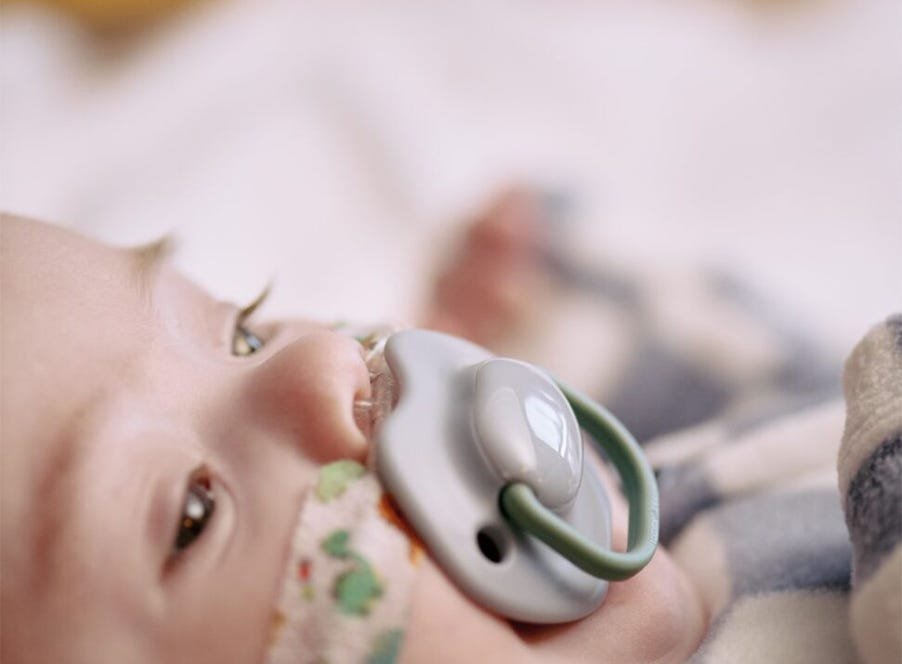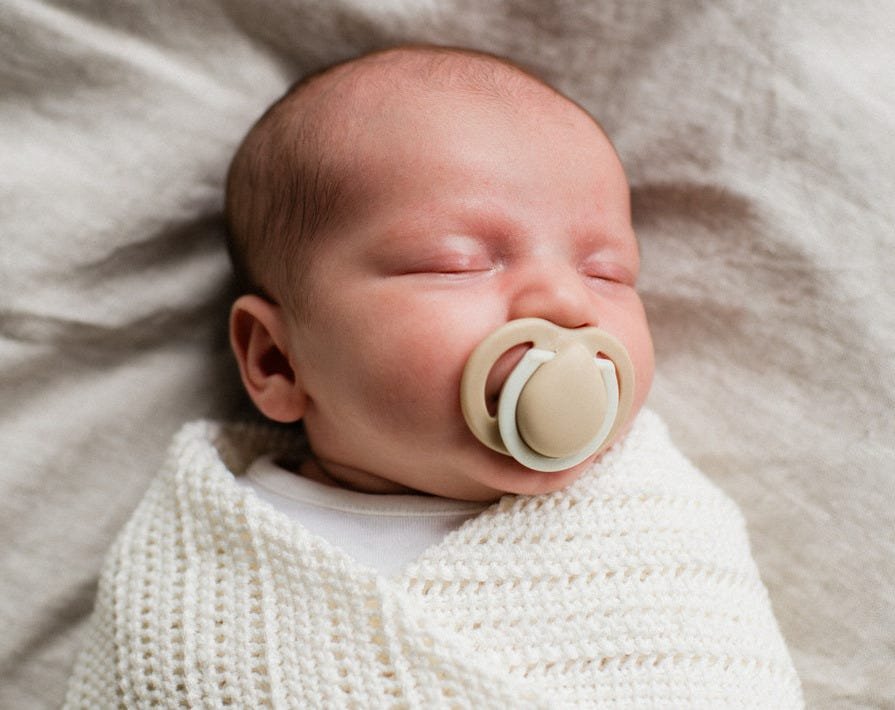Most babies and toddlers like to have something soft and comforting, such as a blanket or toy to help them feel secure as they fall asleep.
While you may be embarrassed by their tatty condition or fear what will happen if they get lost, is there any problem with your child using a comfort item?
What is a comfort item?
Comfort items, also known as comfort objects can be very useful in helping little ones settle and go from waking to sleeping. They can also help babies and toddlers feel more secure when they're away from mum and dad. That's why they're known as transitional objects. They help your child transition from one state to another (e.g. waking to sleeping) and provide feelings of comfort and security when a baby or toddler is away from familiar people and surroundings.
Because these comforters help your child feel safe, calm and happy, you shouldn't discourage them, no matter how worn and grubby they look. They are actually a sign that your child is developing skills to help them cope with their independence.
When do babies choose a comforter?
Most babies and toddlers will choose their own comfort item at around 6 months old. They tend to choose something with a soft texture and a familiar smell, such as a favourite toy, comfort blanket or piece of clothing. If your child doesn't choose something themselves, there's no need to encourage it, but a comfort object may be worth a try if they don't sleep well.
Although babies and toddlers choose their comfort item early, you may notice that they need it more aged between 18 months and 2 ½ years old.
Choosing a safe comfort object
While it's fine for your little one to use a baby comfort blanket or toy to help them sleep, it's important that it's safe for them to do so.
You should never leave your baby unattended with anything that has a cord or ribbon attached to it, or any toy with parts that may come off when sucked and chewed (e.g teddy's nose or eyes).
It's also a good idea to remove the comfort item from baby's sleeping area, cot or bed once your baby is asleep.












